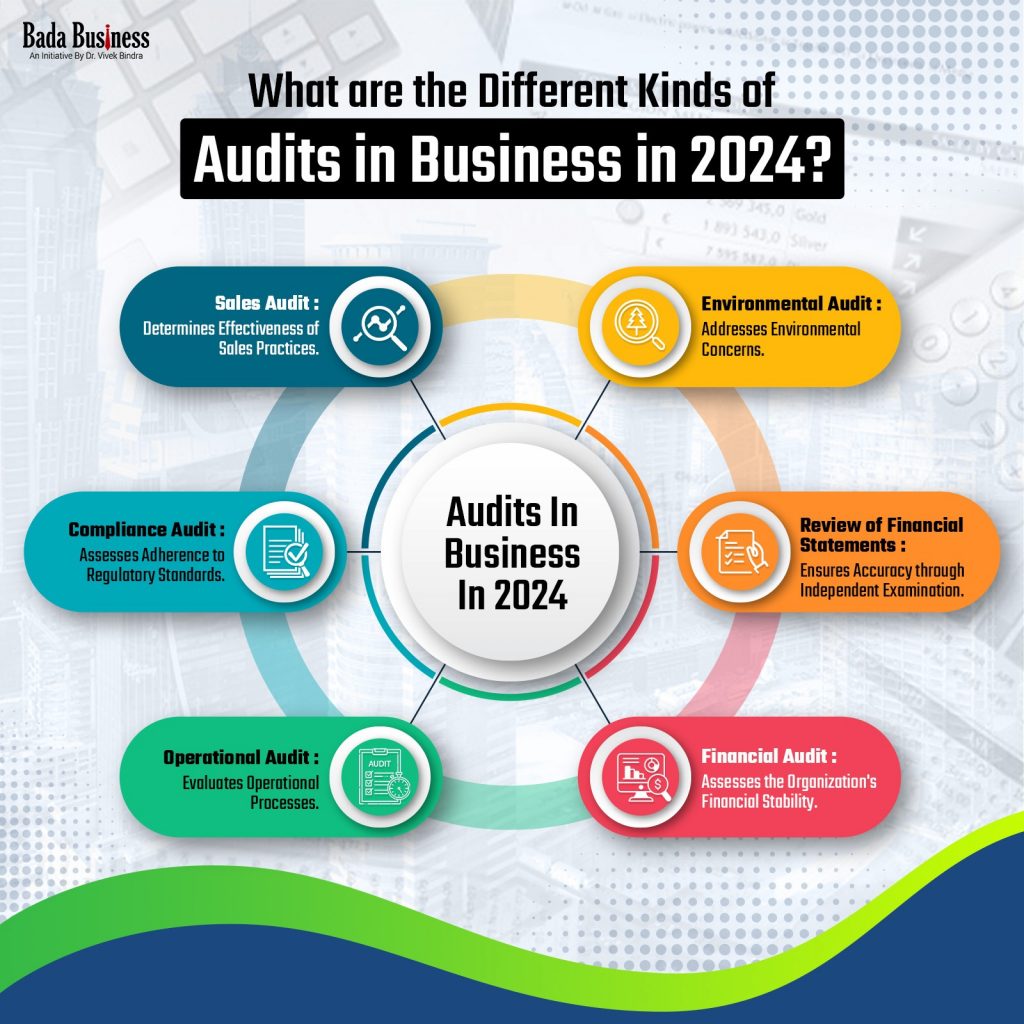Sunk Cost Trap, also known as the sunk cost fallacy, refers to the tendency of individuals or businesses to continue investing in a project, decision, or course of action based on the cumulative prior investments (time, money, or resources) rather than on the current and future benefits.
People fall into this trap because they want to avoid feeling that their previous investments have been wasted, even if continuing the investment is not rational or profitable.
Here are some key points about the sunk cost trap:
- Emotional Attachment: Emotional attachment to past investments can cloud judgment, making it difficult to abandon a failing course of action.
- Irrational Decision-Making: Continuing to invest in a losing proposition because of past investments is irrational. Decisions should be based on future benefits and costs rather than on what has already been spent.
- Business Implications: In business, the sunk cost trap can lead to continuing unprofitable projects, poor financial decisions, and an inability to pivot or adapt to new opportunities.
- Examples: Examples include continuing to fund a failing product, staying in a broken relationship, or not selling a declining stock because of the amount already invested.
- Avoidance Strategies: To avoid the sunk cost trap, focus on future outcomes, be willing to cut losses, set predefined limits for investments, and seek objective advice.
Understanding and recognising the sunk cost trap can help individuals and businesses make more rational and effective decisions.
Turning the Sunk Cost Trap into a Business Advantage: Strategies for Better Decision-Making and Growth
Using the concept of the sunk cost trap positively in your business involves leveraging the lessons learned from past investments to improve future decision-making. Here are some strategies to turn the sunk cost trap into a beneficial tool:
- Learning from Mistakes: Reflect on past investments and decisions, understanding why they didn’t work out as planned. Use these insights to inform future strategies and avoid repeating the same mistakes.
- Improved Decision-Making Framework: Develop a robust decision-making framework that includes regular reviews of ongoing projects. This framework should focus on current and future potential rather than past investments.
- Resource Allocation: Use the awareness of sunk costs to allocate resources better. Focus on projects and initiatives that show real promise and potential for growth, rather than continuing to fund projects out of a sense of obligation to past investments.
- Flexibility and Adaptability: Cultivate a culture that values flexibility and adaptability. Encourage team members to pivot or abandon projects that aren’t yielding results, based on objective criteria and future potential.
- Financial Discipline: Maintain financial discipline by setting clear limits on investments and having predefined criteria for when to cut losses. This helps in making more rational and economically sound decisions.
- Communication and Transparency: Promote open communication and transparency about the status and potential of projects. Regularly update stakeholders on why certain projects are being continued or discontinued based on future benefits rather than past investments.
- Encourage Innovation: Use the lessons from past sunk costs to drive innovation. Understanding what didn’t work can inspire new, more effective approaches and solutions.
- Training and Education: Train your team to recognise the sunk cost trap and make decisions based on current and future data. Educated and aware employees are less likely to fall into the trap and more likely to make rational decisions.
By acknowledging and actively using the sunk cost trap to guide better business practices, you can transform a potential pitfall into a powerful tool for continuous improvement and smarter decision-making.










